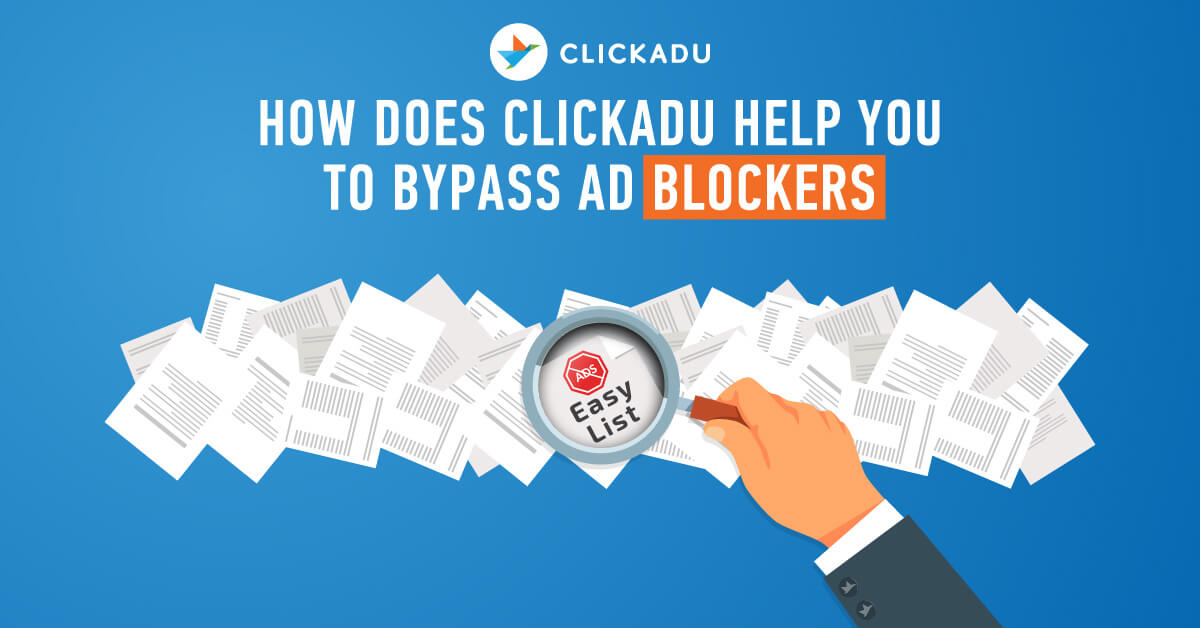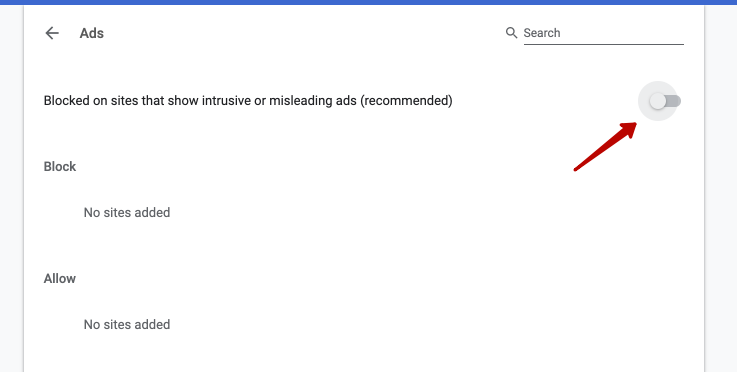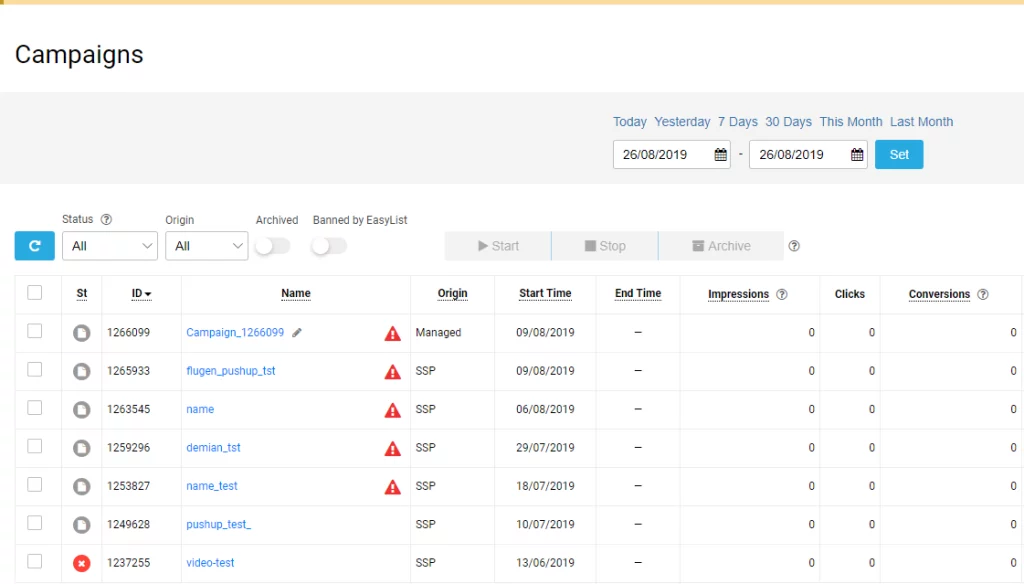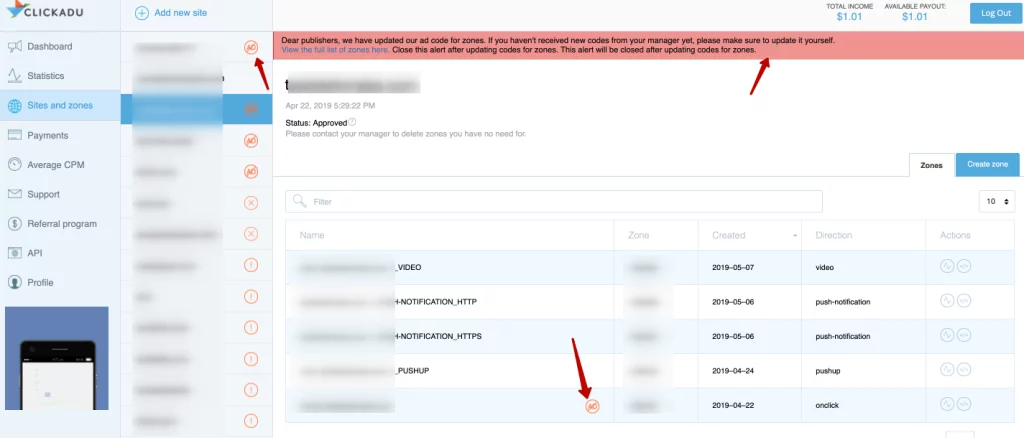


These days we can certainly see that the Web community has split into two major fractions regarding ads. On the one hand there are users that surf for the particular content and are getting frustrated by ads that distract them. And on the other hand there are publishers that lose revenue from the users resorting to ad blockers as many websites don’t support paid subscriptions.
We sympathize with both sides here, however, every Advertising Network highly depends on Publishers and we stand by this reason and develop some new features to bypass Adblock.
The mojo of every popular ad-blocking algorithm is in a compiled list of rules that block requests to the restricted elements appearing to be ads: specific filenames, scripts or classes.
So basically, Adblockers don’t block the ads itself. Ads are usually loaded from the third party sources and ad-block tools block the path to those elements.
Easylist is widely used by the popular ad-block features AdBlock, AdBlock Plus, uBlocker, smartAdblock, uBlock Origin etc. work with lists of rules.
As it was mentioned above, the list contains domain names or separate URL elements that are prohibited from being loading.
The EasyList contains the known ads (URL elements) on the English-language websites. Yet, users can add additional lists of filters, according to the website language. That means elements that are prohibited from loading for German browser language are not the same as for Czech.
Our team has been preparing for a Chrome 76 update since Google has promised to boost its built-in ad-block with the Easylist functionality.
The update was launched with the ad monitoring function disabled by default, still there might be users that will take the opportunity to enable this feature as well as the users with the ad-blocking tools mentioned.

Clickadu team has developed an EasyList checker feature that performs analysis of Easilist matches and responds back to our partners with the result.
How do I know that my target URL domain or its part Is flagged by EasyList?


As EasyList reacts to a specific URL element the best solution is to change your campaign target URL to the unflagged one.
EasyList matches for target URLs and ad delivery check performs every 24hr, so you’ll get to know in a day whether your domain is flagged.

If multiple campaigns of yours have been flagged by EasyList we have prepared a ‘Mass Campaign Target URL Changer feature’. It allows you to quickly change your target URLs.

This article will help you to learn more on how ‘Mass Campaign Target URL Changer’ works.
We’ll be looking forward to your feedback in order to enhance our performance.
Publishers will be notified via Email and Self-Serve platform service-notification in case of any of our ad delivery domains are flagged by EasyList.
In the ‘sites and zones’ section Publisher can see what website codes are required to be updated.

Flagged ad delivery domain is replaced automatically so all you need to do is to update your current ad code to a new one as soon as you receive a warning notification. As soon as you request a new ad code the ‘EasyList flagged’ warning will disappear.
Therefore, our team keeps working on updating the solution to make it more convenient for you. If you still have any questions or suggestions ping our Support Team to know the details.






